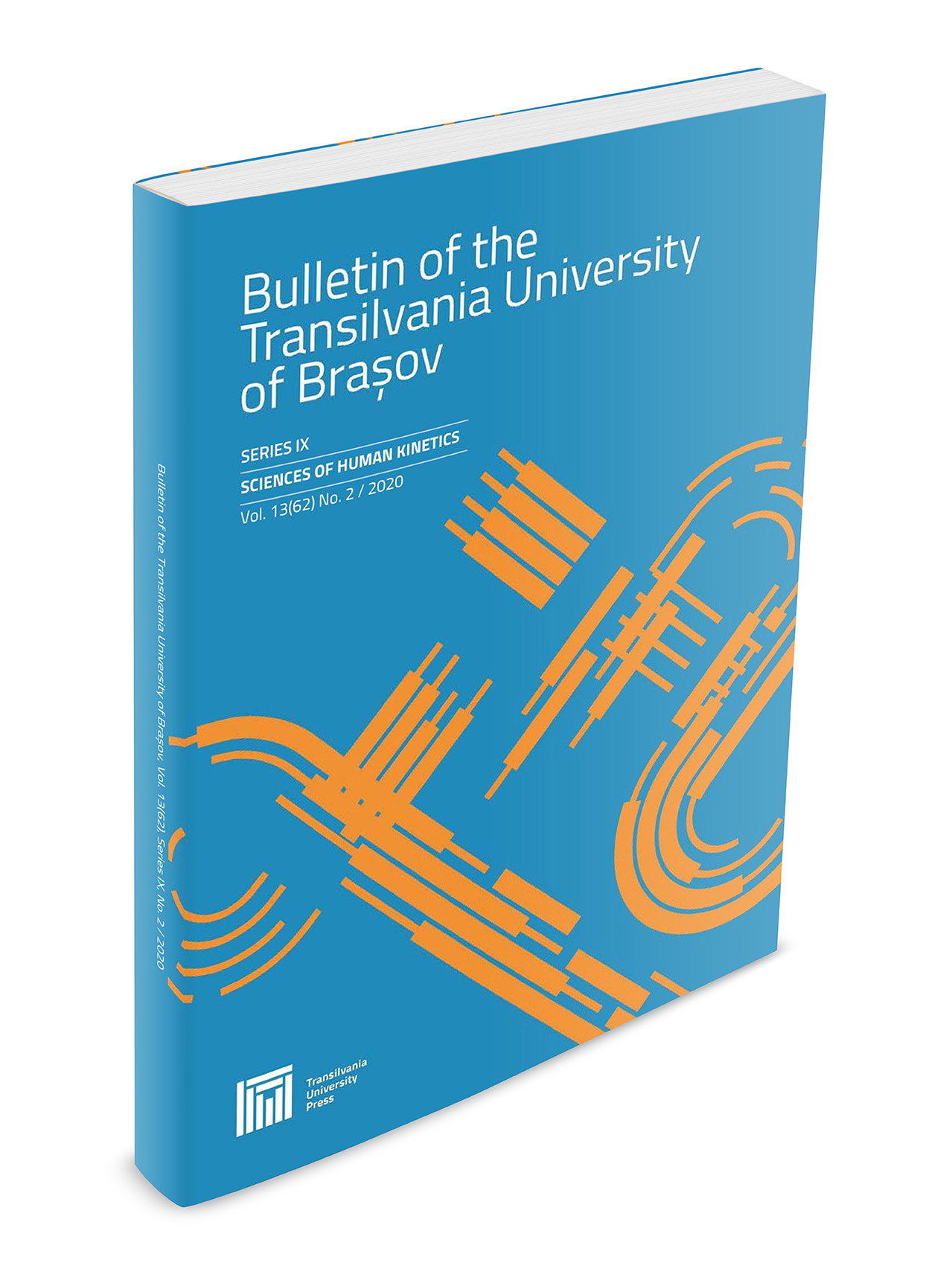The Role of Physiotherapy in Acondroplazia
DOI:
https://doi.org/10.31926/but.shk.2020.13.62.1.24Keywords:
physiotherapy, acondroplasiaAbstract
Like any other child, the child with achondroplasia has a natural need for movement. However, the development of its motor behavior is subject to specific disturbances. Despite this, these children use the potential they possess and develop a modified form of motor behavior. Specialty studies have highlighted that lack of movement is likely to negatively influence some innate functions. Driving education is of particular importance, as motricity is one of the means that contributes to the development of the nervous system. The aim of this study is to find physiotherapist methods and means, applied as early as possible, adapted to the characteristics of the child's development process with achondroplasia, but also its low adaptation capacity, in order to help it acquire the most speed and to evolve as quickly as possible in the psycho-motor plane.Downloads
Published
Issue
Section
License
Copyright (c) 2021 BULLETIN OF THE TRANSILVANIA UNIVERSITY OF BRASOV. SERIES IX: SCIENCES OF HUMAN KINETICS

This work is licensed under a Creative Commons Attribution 4.0 International License.





